Cleveland’s Healthline Bus Rapid Transit (BRT), Part 3
In Part 1 I introduced you the best Bus Rapid Transit (BRT) in America — Cleveland’s Heathline BRT, in Part 2 I looked at where it missed points in international rankings, scoring 76/100. Today I want to look at areas where it should’ve scored lower: pedestrian streetscape, & wheelchair access.
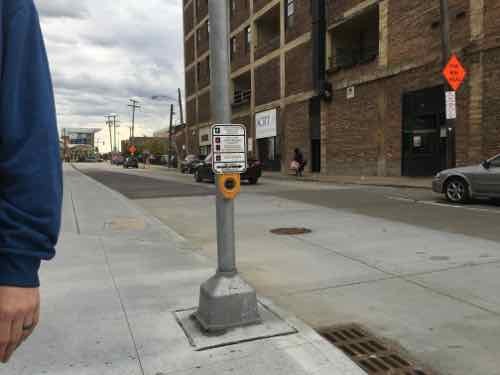
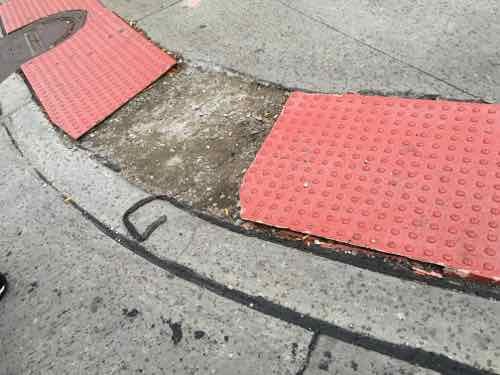
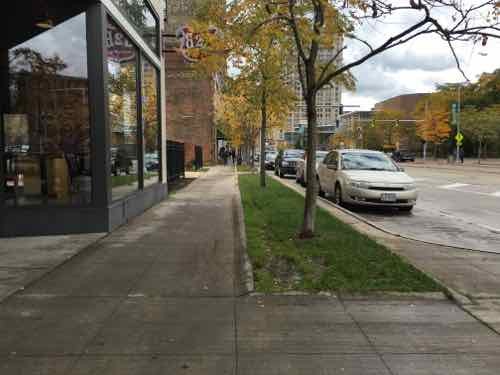
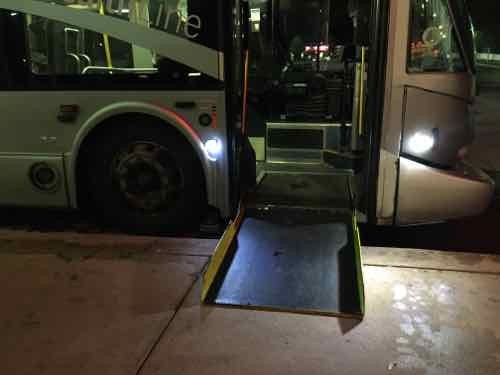
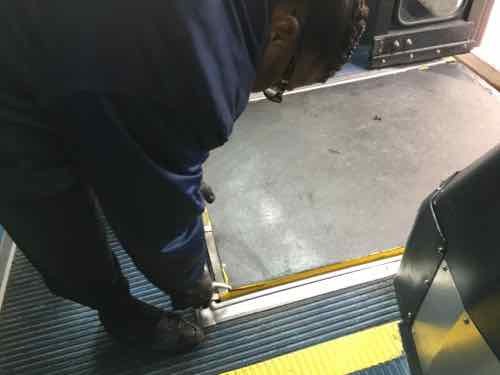
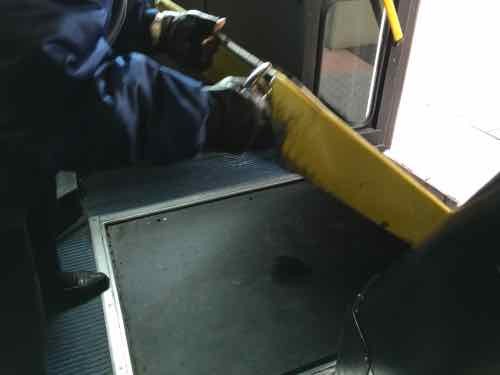
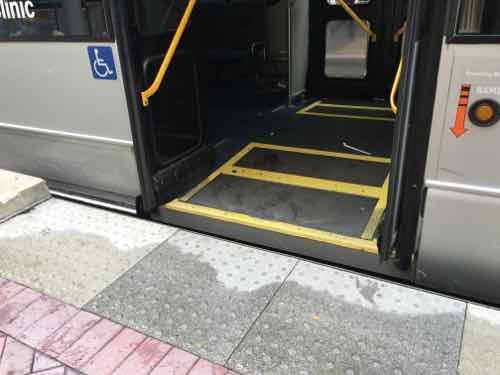
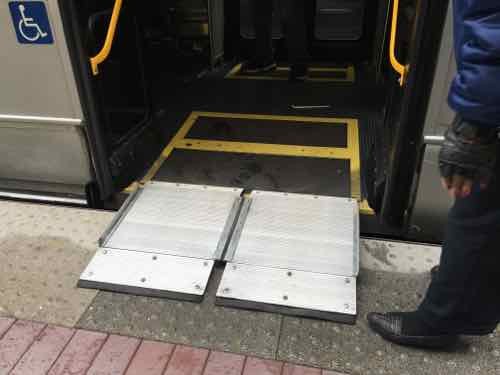
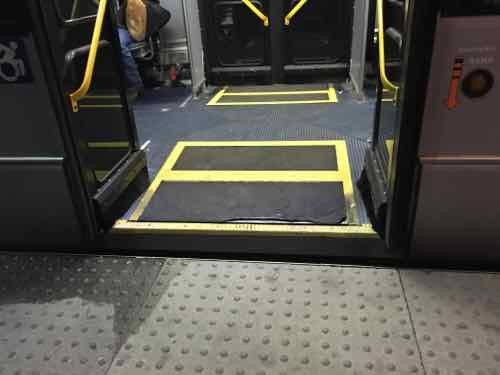
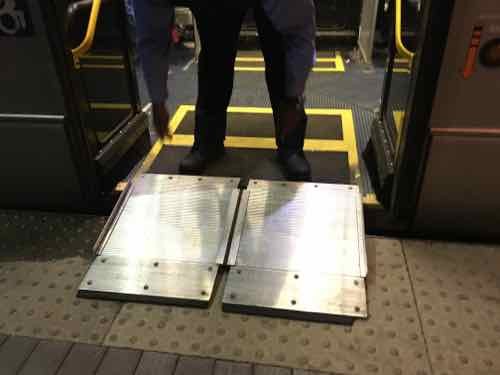
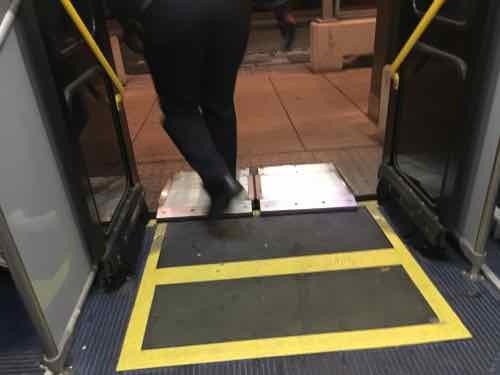
Bus Rapid Transit is supposed to deliver a light rail-like user experience. Maybe in other BRT systems around the world they’ve figured out accessibility but for me this was a standard bus experience. Maybe that’s a fair trade-off — most get a better experience.
I can still use donations to help cover the costs to visit Cleveland — click here to donate $5+ dollars.
— Steve Patterson
Steve, you have a typo in your link (http://gofindme.com/urbanreviewstl vs http://gofundme.com/urbanreviewstl)
Thanks — that’a what I get fir nor copying & pasting! Corrected.